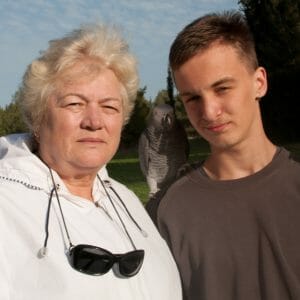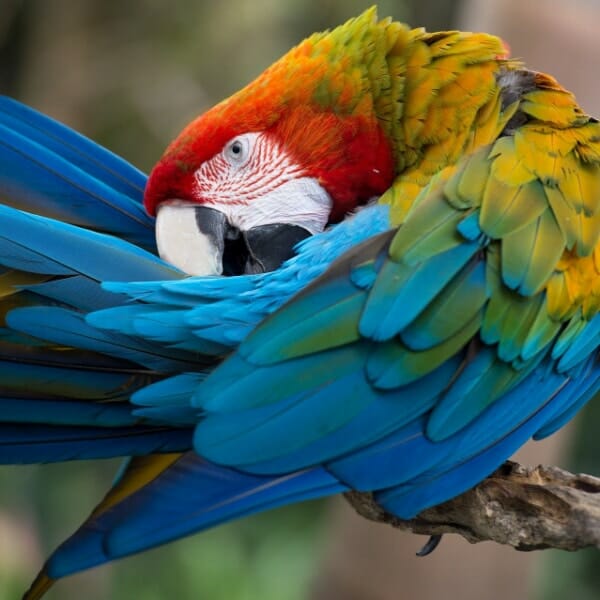
Is it Plucking, Molting or Over-preening? Why are those Feathers on the Cage Floor?
Last Updated on by Mitch Rezman
A subscriber from our Sunday Brunch writes
I recently adopted a 15-year-old Severe Macaw whose previous owner had a terminal illness.
I could tell the Macaw had been taken care of meticulously from the written records of her care from Hatch Papers to recent complete blood panels however I never had the opportunity to question the previous owner concerning details of ‘Bandit”.
I knew the moment I saw her that I wanted her as I owned a Severe 30+ years ago and have known several over the years but none as sweet as this little girl.
We spend at least an hour each day cuddled up and grooming each other, over the last month I finished assisting in the removal of cuticle from her new feathers and thought she was finishing a molt but in the last ten days she has begun to lose a large number of feathers from down, tertiary flights, a couple of tail feathers and everything in between.
Some (feathers) come out during our preening sessions but most are found in her cage.
She receives a well-rounded diet of fruits, veggies, seed and pellets which I prepare twice daily along with four other birds who own my heart and soul, all rescue kids.
I am concerned about the beginning of a plucking problem since Bandit is new to our family even though she seems to be very well adjusted and happy.
Are there any Tell-Tale signs to differentiate between Preening with Molting and Plucking?
Any advice you can offer or things to look for that might settle my mind would be appreciated.
Thank You for your Time and Advice,
Carl B
This problem certainly is in the minds of other adoptive parrot parents so here is my advice:
Let’s look at the three ways parrots can lose feathers and how to deal with each.
Molting:
When a bird molts, it loses feathers in a symmetrical pattern.
This means that if a primary flight feather on the left side molts, the matching one on the right side will molt at the same time or within a day or so.
The tertiary flight feather, or inner wing feathers, molt first and the pattern moves out on the wing.
Tail feathers will molt in the same pattern and then the contour feathers covering the body molt along with the down feathers, those fluffy inner feathers.
Each feather is replaced quickly but at times the bird can look a bit ragged.
There should never be a bald spot during a molt.
All this is nature’s way of preserving the ability for the bird to fly while replacing feathers with new ones.
The molt begins based on a complex combination of hormones and the environment.
Over-grooming:
Every day a healthy bird spends time grooming its feathers.
This removes dander and the keratin sheaths of new feathers growing in.
Birds that have a preening (uropygial) gland located at the base of the tail, will rub oil on their beaks and spread it over the feathers.
The vast majority of birds commonly kept as pet birds have this gland.
The oil on the feathers is what makes a bird nearly waterproof.
Some birds, especially when stressed or having a medical problem, will over-groom their feathers, creating a ragged look and likely breaking some feathers.
This habit can lead to plucking, the last subject we will look at.
A parrot like Carl’s that has lost it’s human and has been placed in a new home can mourn the missing human and experience stress due to the presence of other birds if it was an only bird before.
Some random feathers can be lost due to over-grooming but it is not likely to happen in the same pattern of feathers as in a molt.
Allo preening is when one parrot preens another.
A parrot that is over-grooming should have support by daily giving a good supplement like HARI Prime.
If the air is dry, frequent opportunities to bathe or shower can help as well as items to prevent boredom like foraging toys, climbing toys, wood toys to chew, shreddable toys and other attractive, interesting bird toys.
Arrange the cage so that the bird has a screen of toys in one area to hide behind and arrange the other items in the cage so that the bird has space to move around but has something nearby to play with, or snuggle up to.
Some parrots love to sleep in a birdie bed and feel secure at night using it.
If the parrot seems to like television or music, leave this distraction on when the bird is alone during the day.
It is important to address over-grooming — the most likely thing Carl’s parrot is doing — before it becomes a real habit or progresses to plucking.
It is much easier to stop at this point than it is if it progresses to plucking.
It is also important to have the bird visit an avian vet to ensure a health problem is not causing or adding to the over-grooming.
Plucking:
Plucking is the act of a bird purposefully pulling out feathers.
Much like humans who cut themselves, because the pain caused by yanking a feather releases endorphins in the brain of birds.
A depressed bird will feel different, possibly even happier, due to the release of endorphins so it can easily become like an addiction.
Plucking will leave bare spots where the feathers were pulled out and can even result in a near-naked bird. Long-time plucking can damage feather follicles so that feathers will never regrow.
Plucking can be addressed in the same ways as over-grooming but it is a much harder habit to break.
A plucking parrot should definitely visit a vet to see if health may be an issue.
If not health problems are present, the second most likely cause is boredom, but in Carl’s case, it may be depression due to feeling of loss of its former home and human.
A plucking parrot needs the same supplements as an over-grooming bird, but should also have a supplement for feather growth like Nekton Bio.
Place a plucking bird in the area of the home where it gets the most attention and where activities occur.
It could be a good idea to place the new bird away from any existing parrots until it adjusts to its new home.
We wish Carl and his Bandit success in stopping the over-grooming which is what I think is happening.
By looking at the feathers lost, you can, in a few days see if a molt is a cause.
Even then, adding vitamin and mineral support as well as a calming supplement is a good idea.
From Carl’s email it doesn’t sound like Bandit is plucking — at least not yet — but she should be watched to see if you see the bird actually removing feathers forcefully.
Editor’s note:
Catherine took a call today from a man who is concerned because his bird appeared to have failed at molting its clipped feathers.
Her response was not all birds will molt their primary flight feathers every year sometimes they will skip a year – FYI. Endnote
Molting is an especially critical time for your bird’s overall health.
They’re very busy preening and pulling feathers while in the background they are growing new ones – thousands.
Those feathers coming in are called pin feathers.
A point I’d like to make here is that the growth of all those feathers (a cockatiel can have as many as 6000 feathers) places a strain on your bird’s metabolism.
Calories normally targeted for general growth and health are diverted to new feather growth
Your bird may seem a bit subdued during this time which is natural.
Make sure he or she is eating a high nutrition diet.
If eating seeds only it’s important to supplement with an avian multivitamin.
The Windy City Parrot Content Team
Author Profile

Latest entries
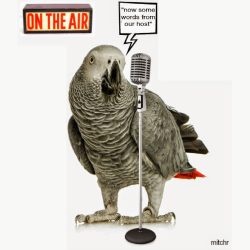 Bird & Parrot CareJune 20, 2025Understanding the Best Way to Use Prevue Pets Mimic Me Voice Trainer
Bird & Parrot CareJune 20, 2025Understanding the Best Way to Use Prevue Pets Mimic Me Voice Trainer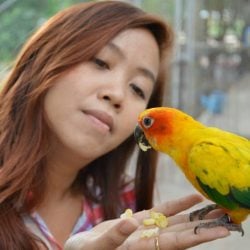 Bird BehaviorJune 6, 2025How Do I Keep My Parrot From Dumping His Food Every Day?
Bird BehaviorJune 6, 2025How Do I Keep My Parrot From Dumping His Food Every Day?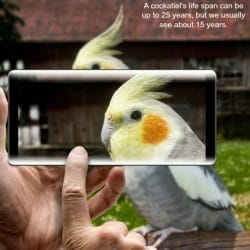 Birds & LightingMay 16, 2025I Am Seeking Clarity About Lighting for My Birds Cage
Birds & LightingMay 16, 2025I Am Seeking Clarity About Lighting for My Birds Cage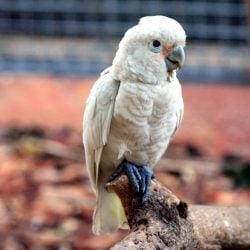 Bird RescueApril 29, 2025How Do We Re-Home a 17 yr Goffin Cockatoo?
Bird RescueApril 29, 2025How Do We Re-Home a 17 yr Goffin Cockatoo?
